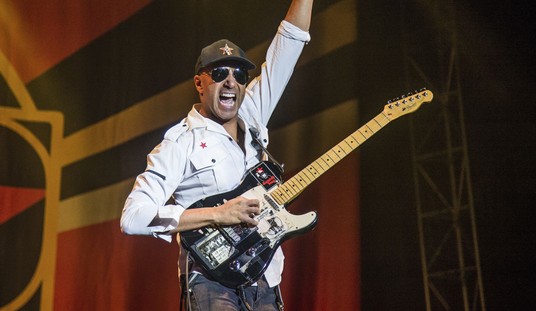Here’s an interesting idea, and one which could provide some exciting opportunities if it comes to fruition. Amazon is thinking of hiring some new delivery people to get their packages to the doorstep of customers, and the job might fall to you and your smartphone if you’re interested. The retail giant is looking into following in the footsteps of other Engaged Citizen services and harnessing the power of the phone to have users deliver packages in their own neighborhoods.
The e-tailing giant is developing a mobile app that would pay participating members of the public to deliver goods, according to a report in the Wall Street Journal. The low-tech meets hi-tech move is the latest in a long list of schemes to cut the costs of one of the most expensive parts of the Amazon business model, namely doorstep delivery.
Amazon has considered GPS tracking-enabled drone delivery (codenamed Bring It to Me) and sealed an exclusive deal with the Post Office to deliver boxes on Sunday.
The neighbourhood delivery program is called On My Way internally, and there are significant logistical problems to be worked out before it solidifies, such as theft prevention, protection against liability, and, of course, cost – big delivery companies and the Post Office are much more efficient than most alternatives.
First of all, I love this idea. It took me a while to get out of my default Get Off My Lawn mode of thinking originally, but I’ve become a big fan of both Uber and Airbnb. I like these business models for the end effect they have on both sides of the equation. They give ambitious individuals a chance to get into the business market and make some cash, often with a relatively small up front cost to get started. They also generate pressure on conventional providers to improve customer service levels and reduce costs. This is particularly true with Uber. There have already been stories of cab companies in New York, Atlanta and elsewhere working to cut down wait times, clean up their cars and take other steps to compete with the new kids on the block. There have been bumps in the road, including security and liability concerns, but overall this business model seems like a win for the consumer and the enterprising entrepreneur.
The problem I’ve having with the Amazon proposal is that I can’t quite envision how they do this in an economical fashion. The basic model of both Airbnd and Uber works on the assumption that they are essentially replacing the entire service of conventional competitors. Uber, traditional cab companies and other livery outfits provide a portal to portal service. The customer is picked up at point A and delivered to point B by the same provider. Airbnb replaces a hotel room and the customer has always been responsible for getting there themselves. But with Amazon we’re looking at a very segmented delivery model.
Amazon has roughly 100 warehouse locations (or “Fulfillment Centers”) around the United States. From there, they have to ship the packages through conventional services like the Post Office. Their proposal talks about users making deliveries “in their neighborhood.” How do the packages get from the Fulfillment Center to the neighborhood where the new smartphone user is located? It looks like they would still have to pay UPS, FedEx or USPS to do most of the hauling. Will they really get a lower rate to have the packages dropped off at one location in a given neighborhood rather than just finishing the job and taking them to everyone’s doorstep? Even if they do, I can’t imagine it being very much. And in that case, how much could they pay the new delivery user without driving up their costs significantly?
There are still potential advantages, since an ambitious user could deliver packages almost any hour of the day, while the mailman generally only makes one circuit per day without charging extra. But still, it sounds like the overall delivery cost goes up rather than down. It will be interesting to see if and how they work this out, but I’ll be cheering for them if they do.








Join the conversation as a VIP Member